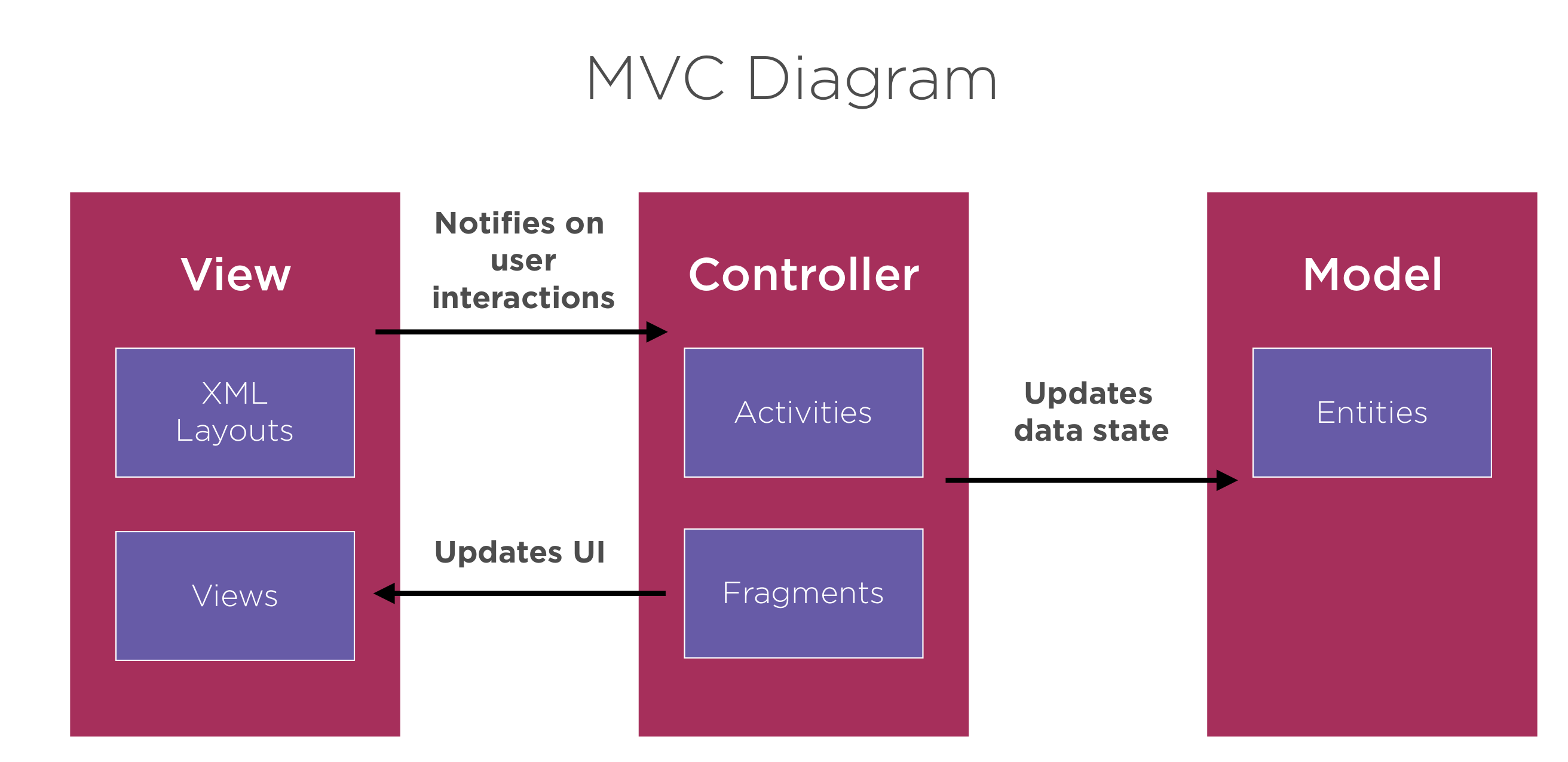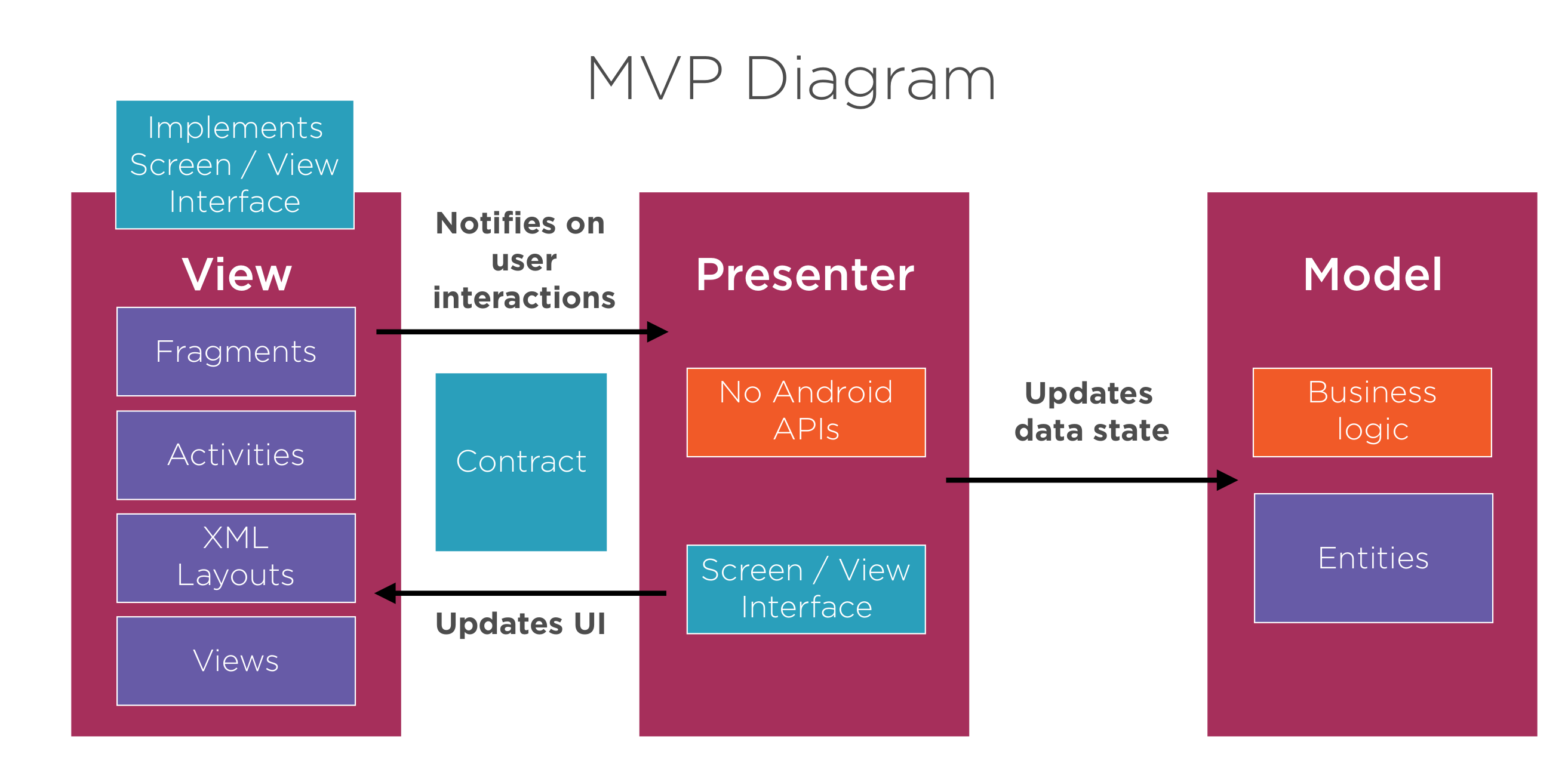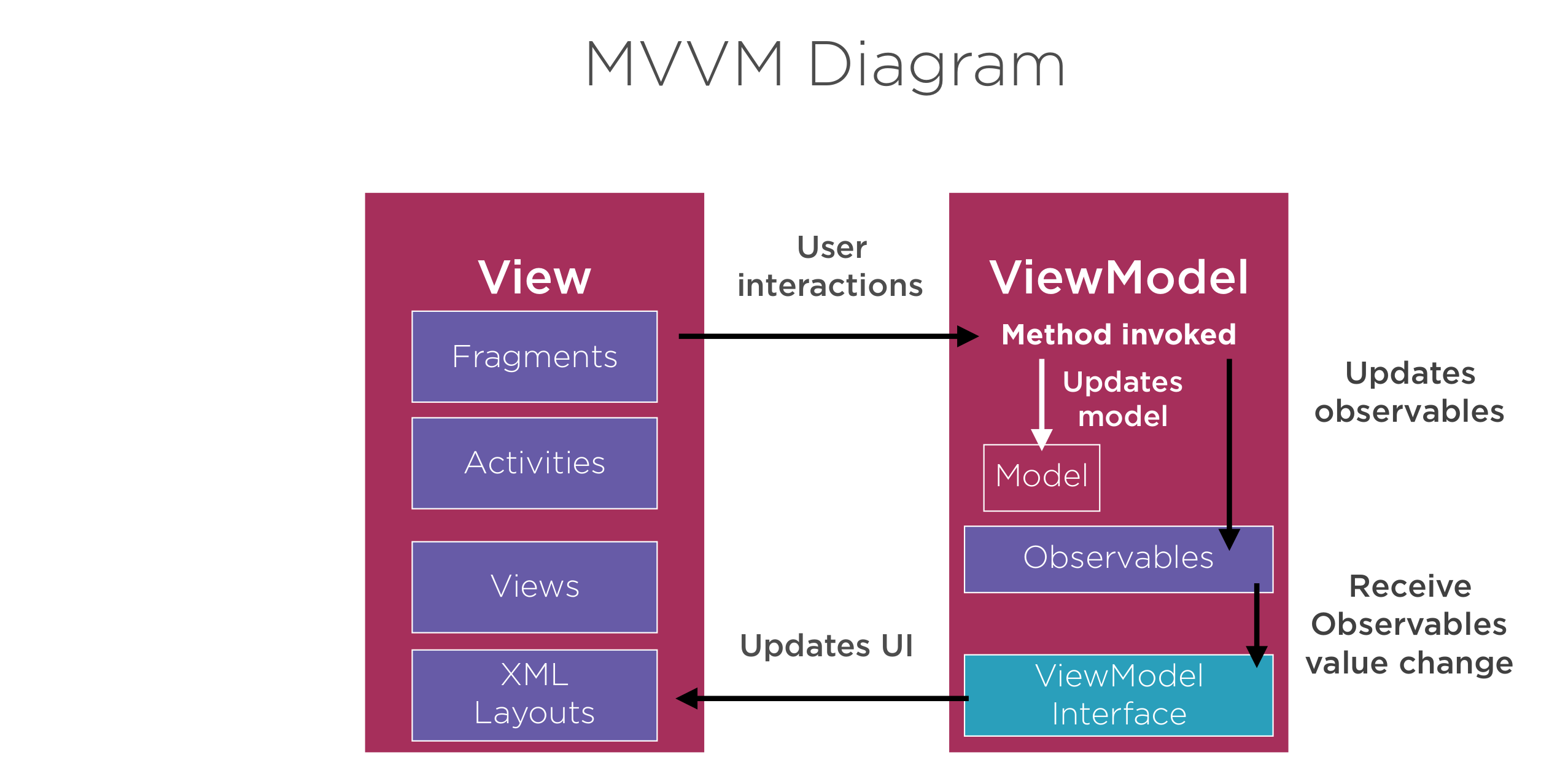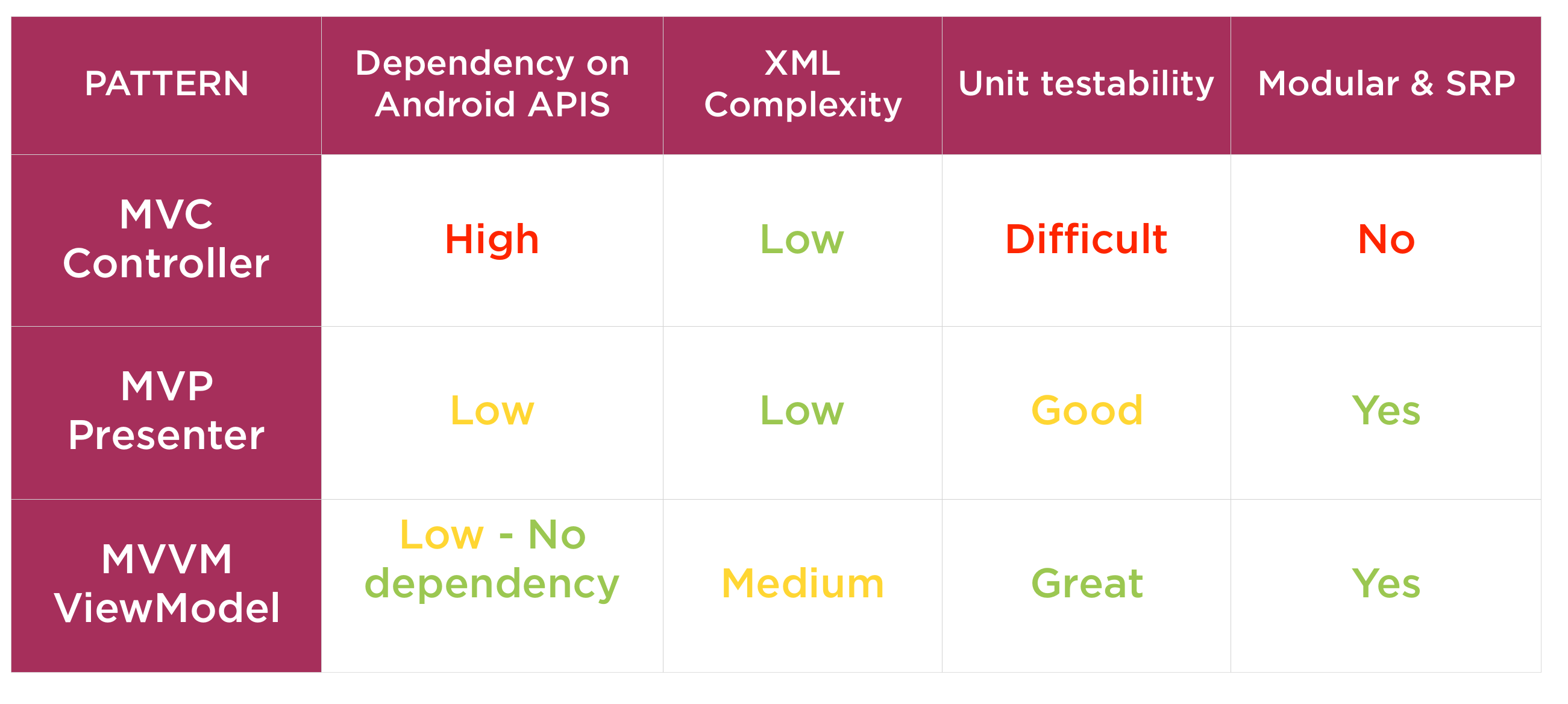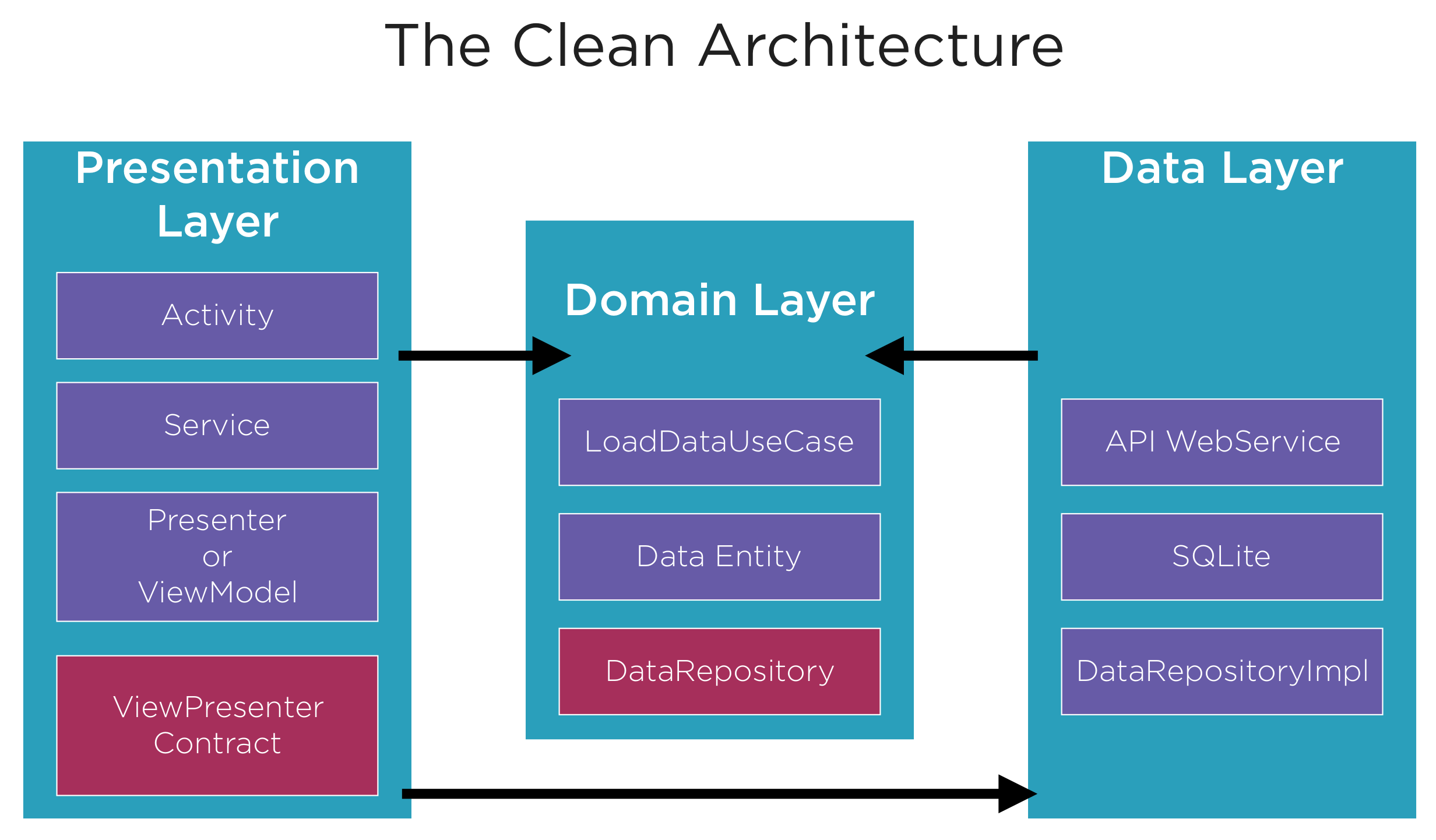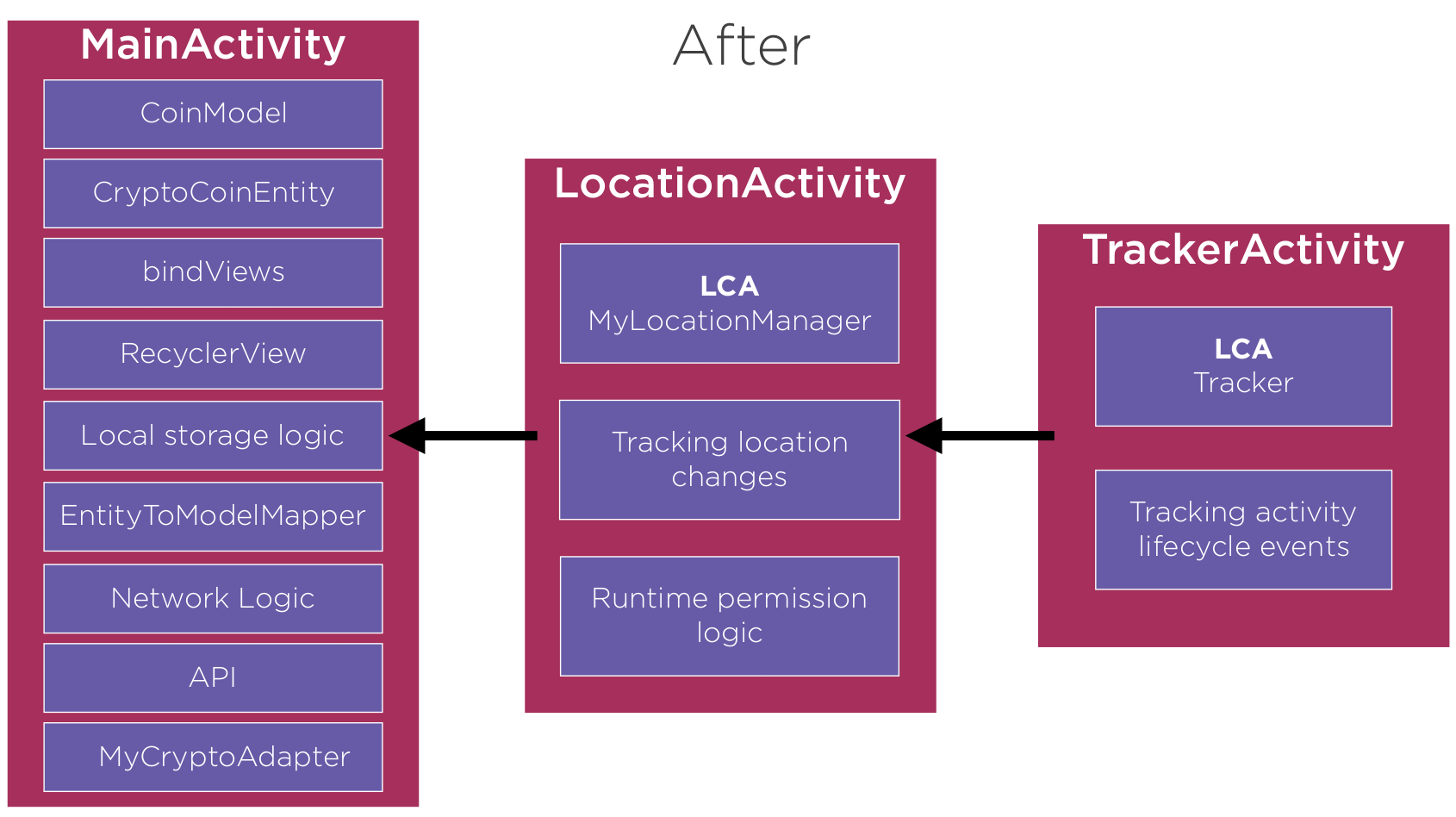Android Architecture: Difference between revisions
Jump to navigation
Jump to search
| Line 27: | Line 27: | ||
Here is a simplified version of the lifecycle | Here is a simplified version of the lifecycle | ||
[[File:Android Lifecycle.png|900px]] | [[File:Android Lifecycle.png|900px]] | ||
By implementing the addObserver and don't forget the '''removeObserver''' the functions in the component (object instance) are envoked. | |||
[[File:LCA Appcompat.png|900px]] | |||
=Application Tidy Up = | =Application Tidy Up = | ||
Revision as of 00:21, 21 December 2020
Architecture
Typical Android apps look like this
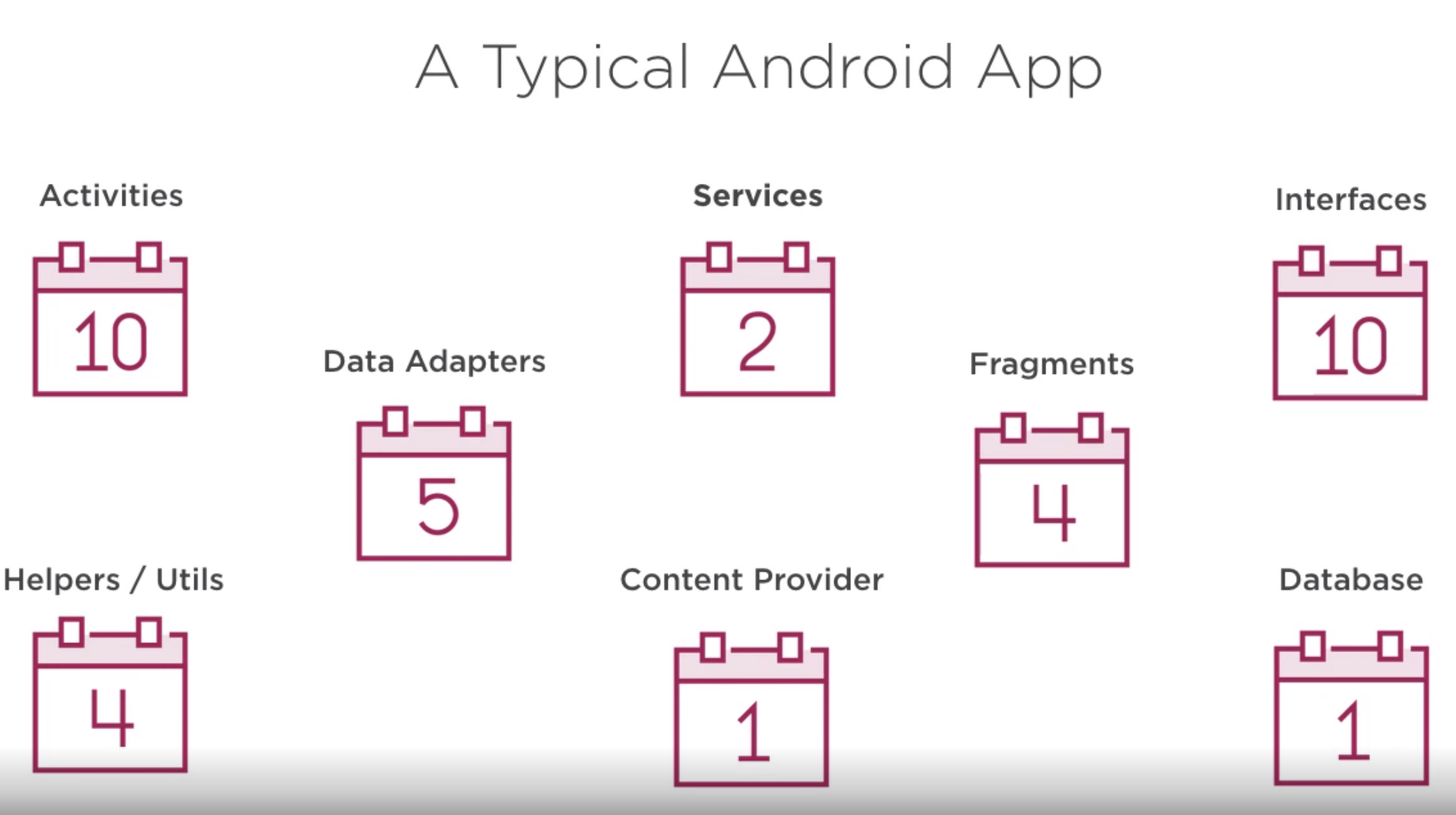 And this
And this
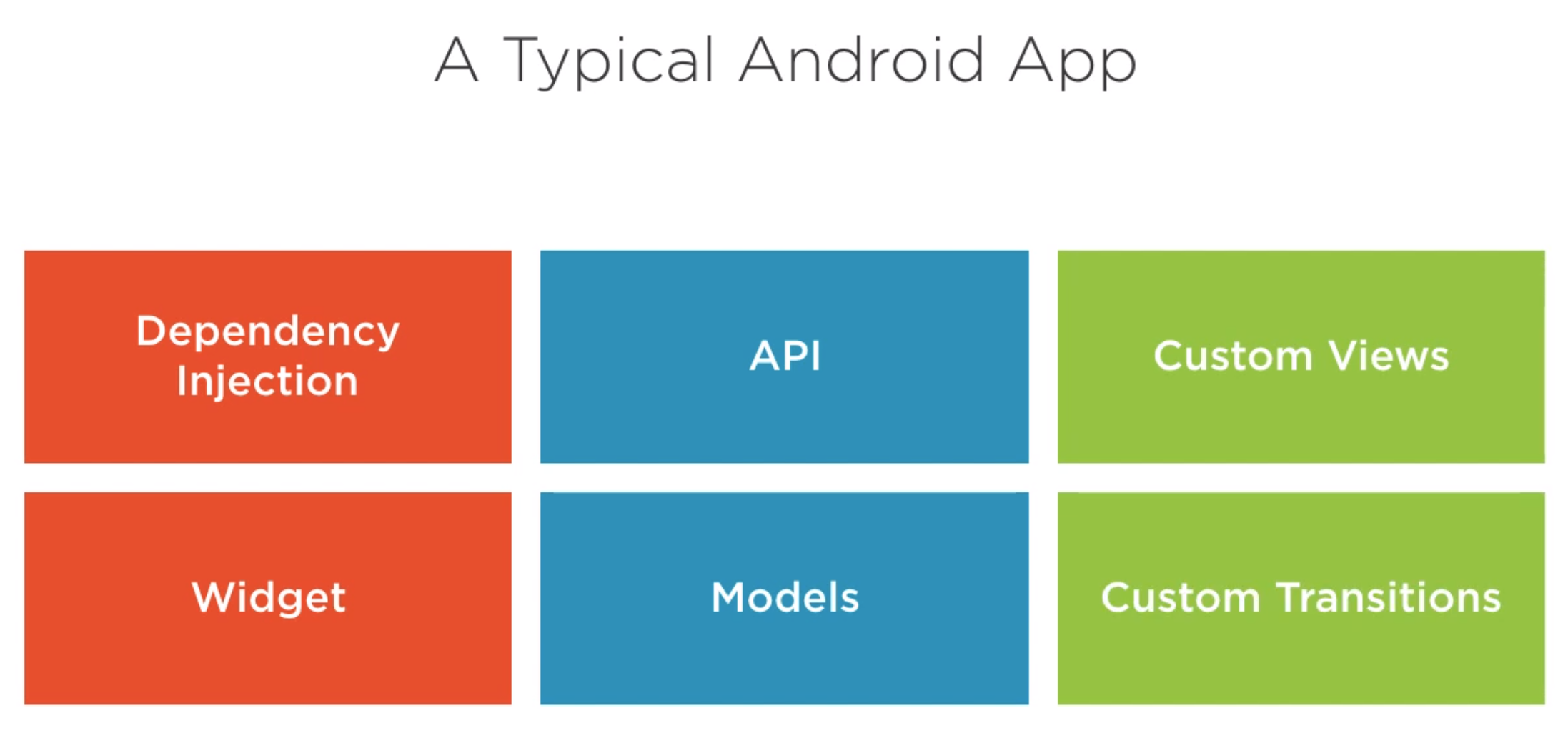 Looking at this I am building an app with the architecture of
Looking at this I am building an app with the architecture of
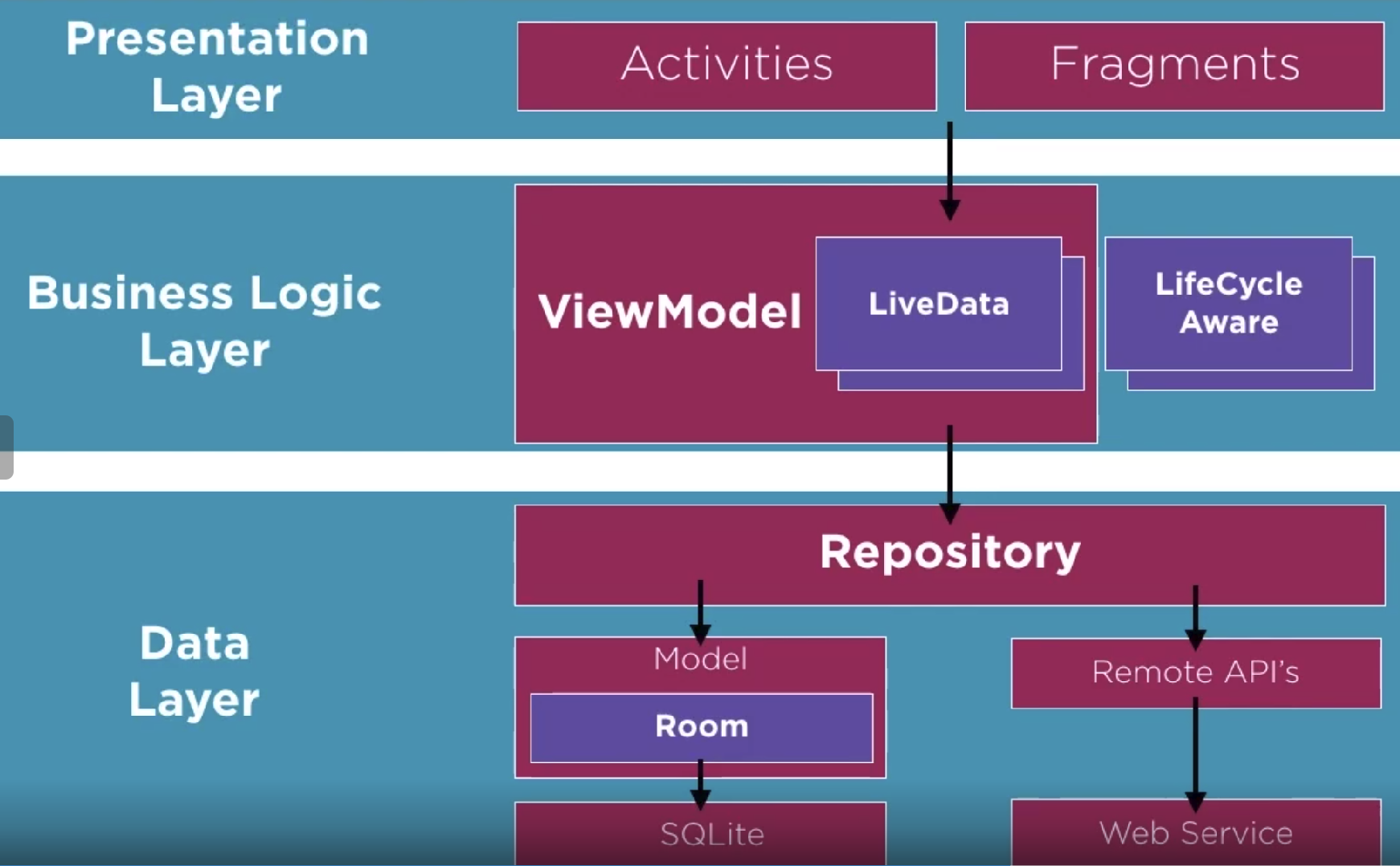 The was discussion on god class which I had not heard before
The was discussion on god class which I had not heard before
- Contains a high number of components
- Components are coupled
- Lengthy class
Avoid a all costs or don't cos I like getting rid of them
Design Patterns
Just a reminder of the design patterns but with maybe a more Android flare.
MVC
MVP
MVVM
Summary
Clean Architecture
Activity Lifecycle
Here is a simplified version of the lifecycle
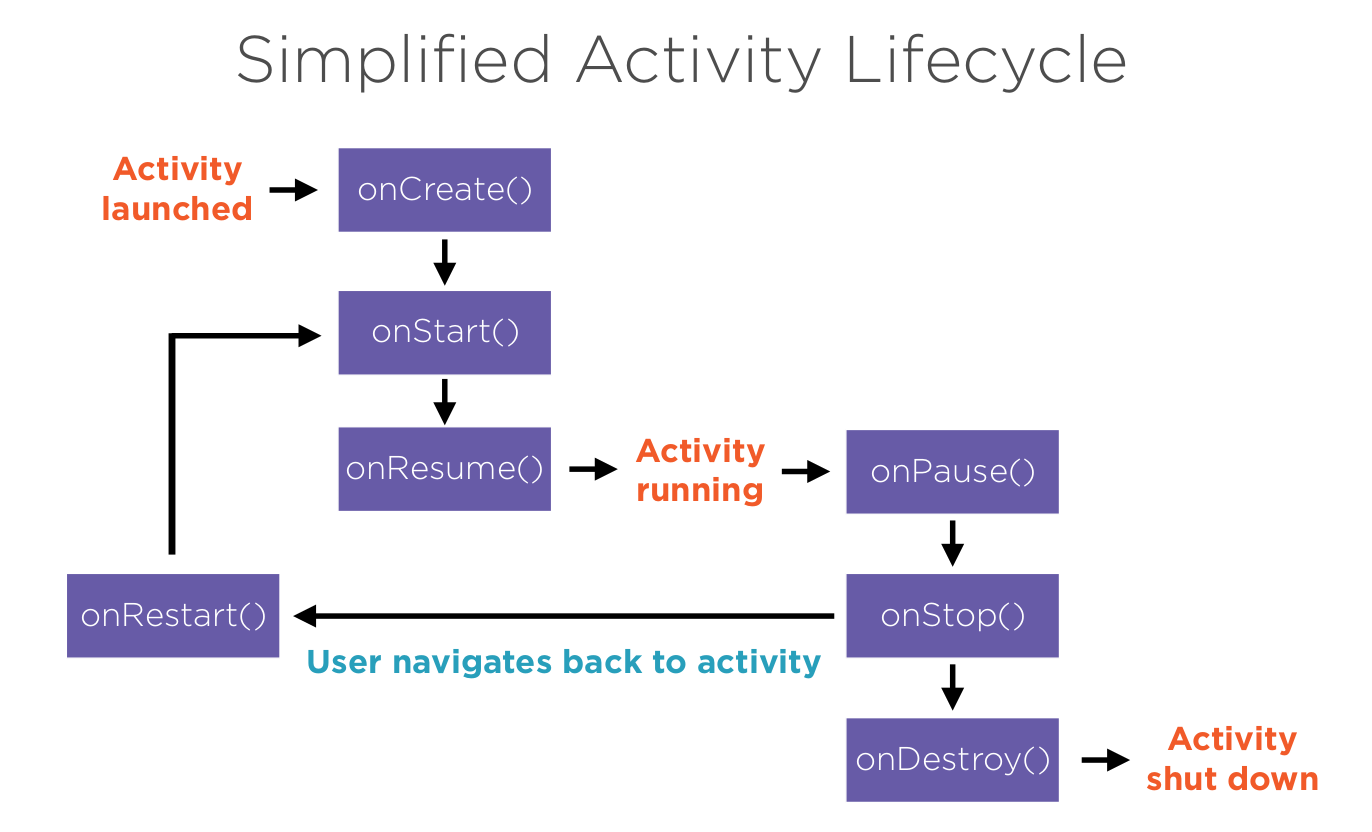 By implementing the addObserver and don't forget the removeObserver the functions in the component (object instance) are envoked.
By implementing the addObserver and don't forget the removeObserver the functions in the component (object instance) are envoked.
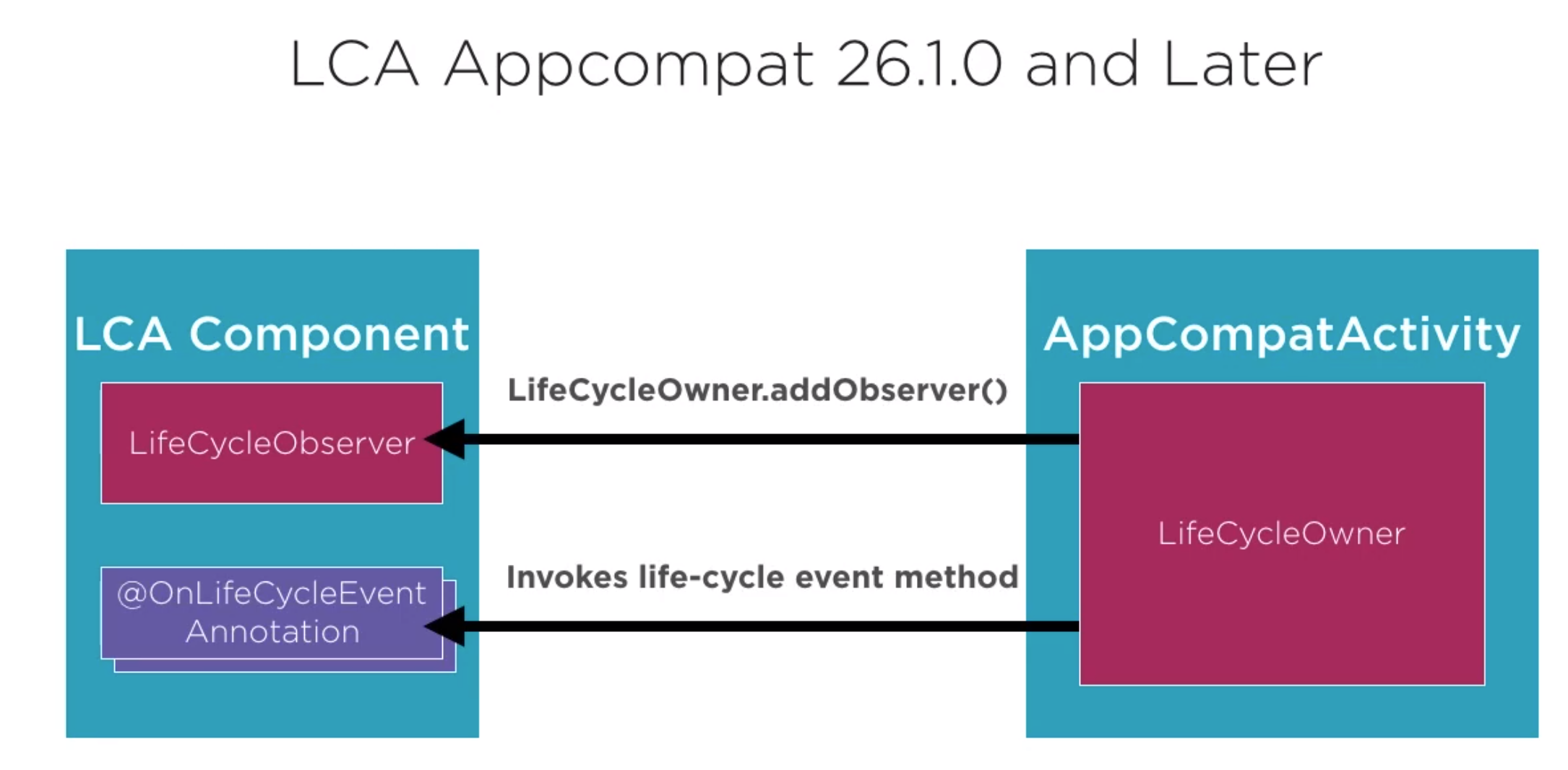
Application Tidy Up
Introduction
Here is an overview of the app prior to looking at it. All of the code is in on Main Activity
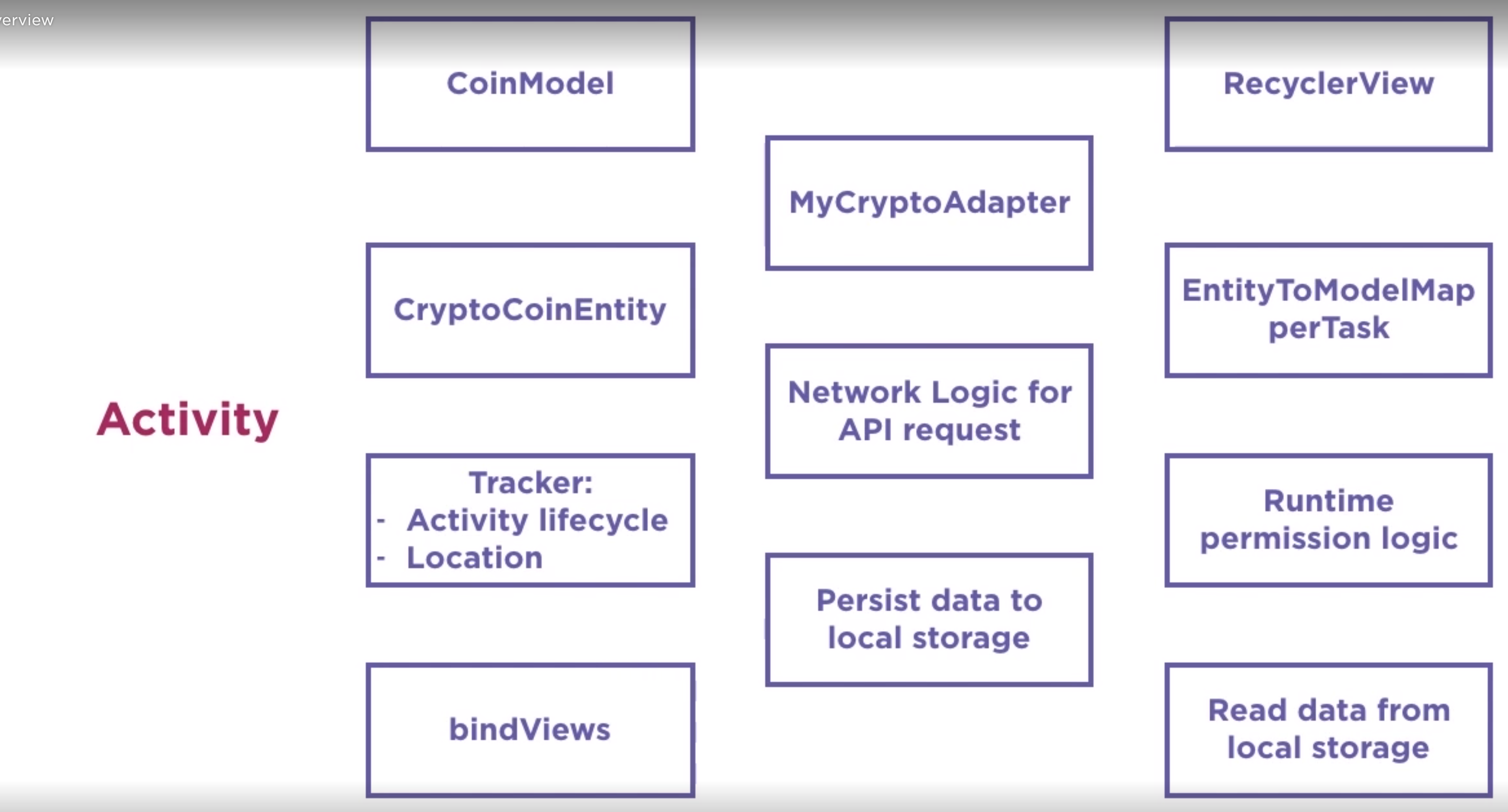
Step 1
- Created TrackerActivity which extends AppCompatActivity and will be now good for other activities
- Move Tracker to its own class and implement the Lifecycle Observer interface
- When using lifecycle observer we need to remote it on destory
@OnLifecycleEvent(Lifecycle.Event.ON_DESTROY)
public void trackOnDestroy() {
Log.d(TAG, "trackOnDestroy called");
((AppCompatActivity) con).getLifecycle().removeObserver(this);
// mQueue.add(generateTrackingStringRequest("destroy"));
}
Step 2
- Moved CoinModel, Divider and MyCryptoAdapter to their own files in recview package
- Add LocationManager, implemented lifecycle observer
- Added create and destruction of FusedLocationProviderClient in lifecyle
- Added disconnect of GoogleAPiClient and removal of lifecycle observer
@OnLifecycleEvent(Lifecycle.Event.ON_START)
public void init() {
Log.d(TAG, "init() called");
mFusedLocationClient = LocationServices.getFusedLocationProviderClient(mCon);
}
@OnLifecycleEvent(Lifecycle.Event.ON_STOP)
public void clean() {
Log.d(TAG, "clean() called");
if(mGoogleApiClient !=null) {
mGoogleApiClient.disconnect();
}
final LifecycleOwner lcOwner = (LifecycleOwner)mCon;
lcOwner.getLifecycle().removeObserver(this);
mCon = null;
}
Step 3
- Created a LocationActivity to contain all of the logic for the runtime permission to use Location
- Add LocationManger to LocationActivity
- Change MainActivity to be derived from LocationActivity
